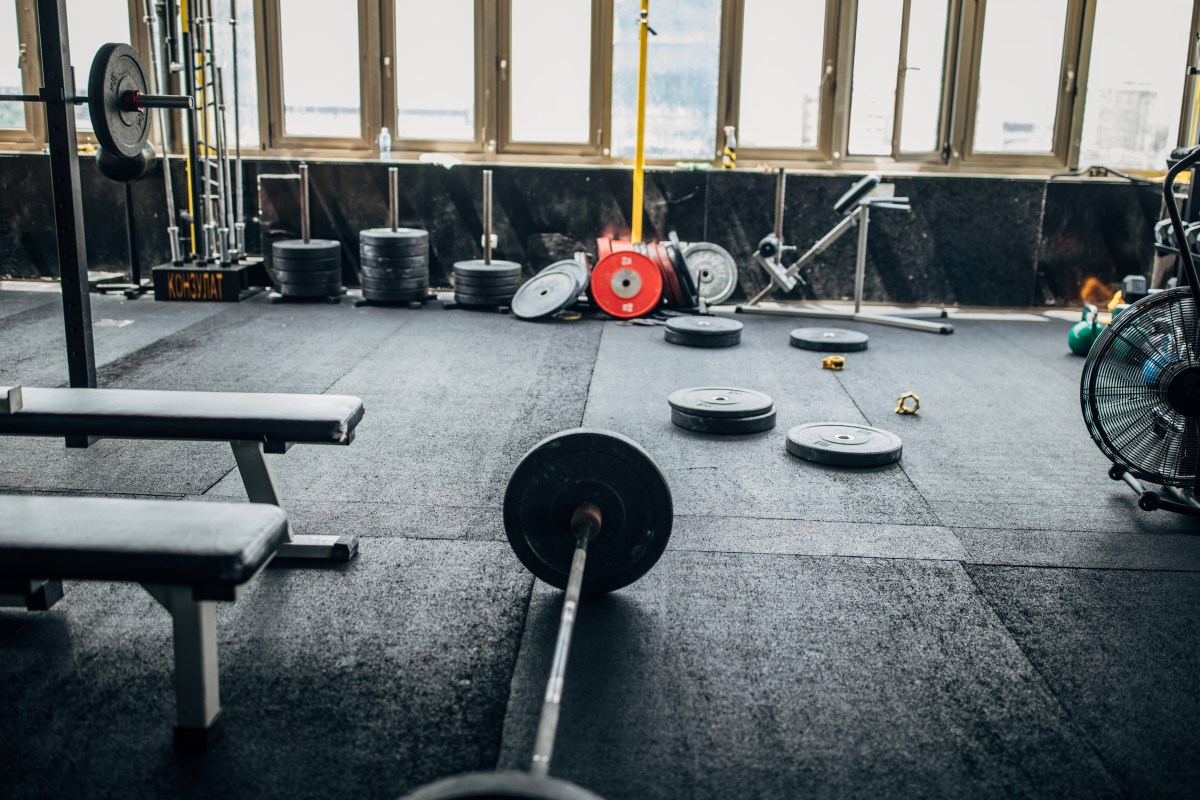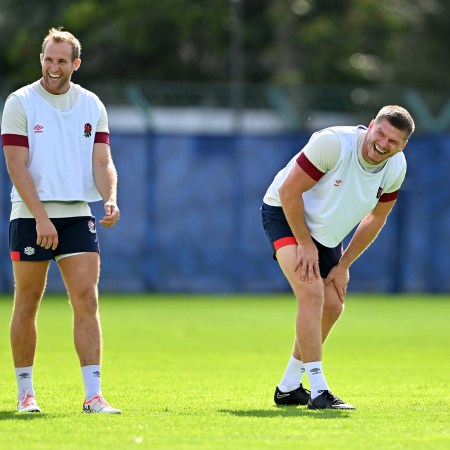One clutch thing to know about training your core: you don’t really have to swing around any weights.
Today’s trainers still love the Captain’s chair, which the American Council on Exercise dubbed the very best ab exercise for over two decades. “Mat work” is as potent as ever, too — old-school planks, bird dogs, bicycle crunches and dead bugs will get you pretty far on their own.
Use “Elephant Balls” to Turbocharge Your Grip Strength
It’s not as gross as it sounds. Trust us.Still, introducing a barbell to your abdominal training can help rejuvenate the regimen, offering both a fresh challenge and a chance to train muscles up and down the spine in one fell swoop. And one of the most functional moves for this express purpose is the front squat (or “ab squat,” as some call it online). It’s basically a squat where you hold the bar in front of the chest, which makes the exercise especially difficult. The body wants to fall forward, your core has to fight to keep everything aligned.
How To Do The Front Squat
The number of reps and sets for the front squat depends entirely on your fitness level (beginner, intermediate or advanced) and your specific focus in the gym (strength or endurance).
We’ll assume some intermediacy here and say strength lifters should aim for four sets of five to eight reps with two minutes of rest in between, while endurance lifters should aim for four sets of 15 to 20 reps with 45 seconds of rest in between. Weight accordingly. Here’s the move:
- Start Position: Begin with your feet shoulder-width apart, toes slightly turned out. Make sure the barbell is resting at chest height on a squat rack. Approach the bar and position it across the front of your shoulders, close to your neck. Grasp the bar with an underhand grip, elbows pointing forward and upper arms parallel to the ground.
- Descend: Start the squat by pushing your hips back and bending your knees, lowering your body as if sitting into a chair. Keep your chest up, back straight, and core engaged. Your elbows should remain high throughout the movement to support the bar.
- Hold and Engage: At the bottom of the squat, your thighs should be parallel to the ground or slightly below. Hold this position for a moment, keeping your core, quads and glutes fully engaged.
- Return to Start: Push through your heels to stand back up, straightening your hips and knees to return to the starting position. Be sure to keep your chest up and core engaged as you rise.
Why We Like The Front Squat
Lots of reasons. For one, the front squat doesn’t just activate the abs. It’s also an effective way to target the quadriceps, core, and upper back, while offering a unique challenge compared to traditional back squats.
Plus, it relies on your sense mobility and stability, which means that (a) it’s a very functional exercise, (b) it’s great for your joints in the long run and (c) it’s able to help you build a stronger mind-body connection. (All the vogue these days in strength training circles.)
When attempting it, remember to choose an appropriate weight and maintain alignment. Keep those elbows high. If you’re intimidated by the squat rack, consider starting with two dumbbells (there’s a great tutorial on YouTube here), or working with a medicine ball. That modification should prove a boon for your grip strength, too.
Whether you’re looking to get into shape, or just get out of a funk, The Charge has got you covered. Sign up for our new wellness newsletter today.



















